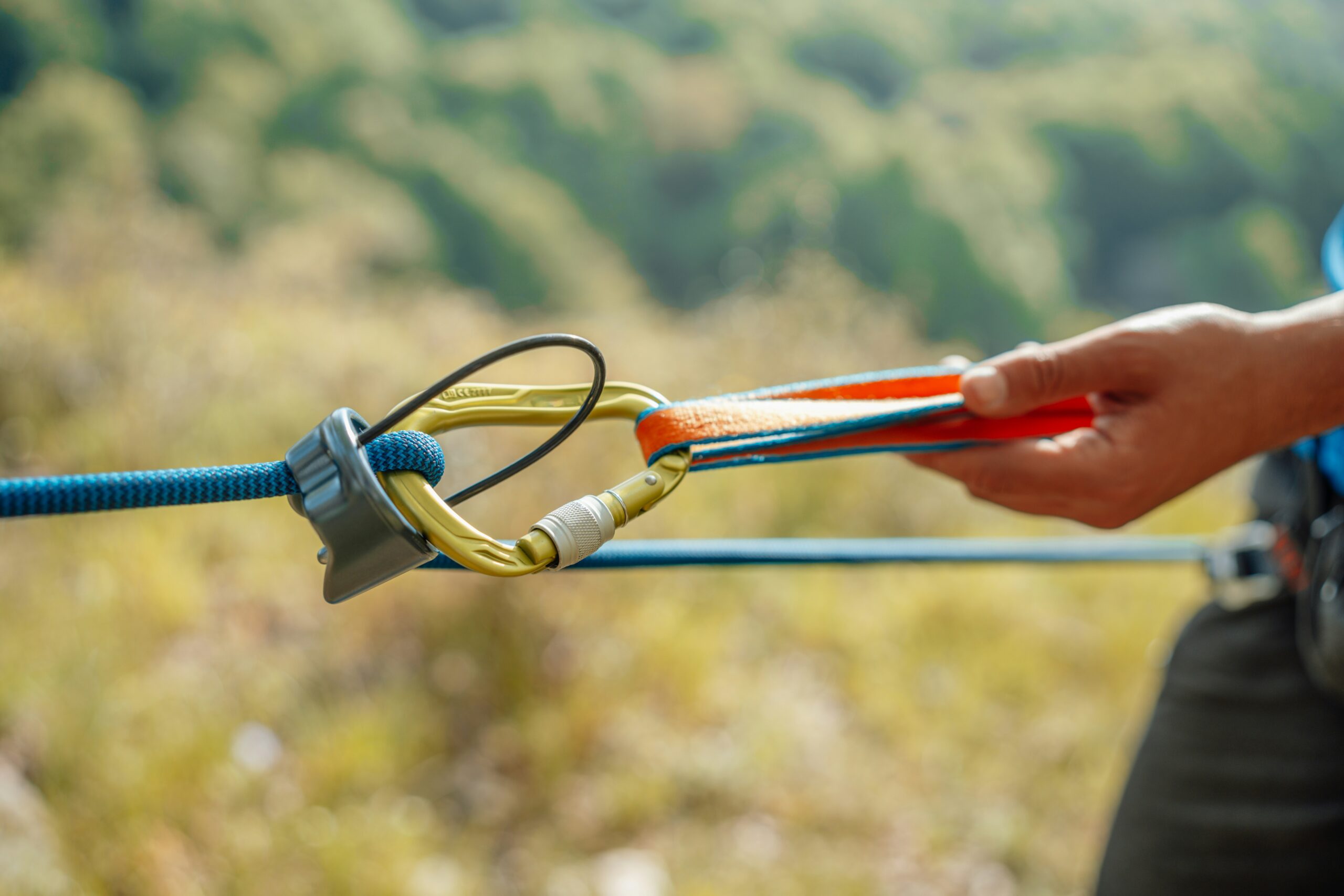Given the fear and uncertainty surrounding COVID-19, we’re all considering how to best take care of our families. But it’s important to remember that, especially in times like these, we have to take care of one another. And, we need to remember the real reason we are practicing social distancing — to protect the most vulnerable. That means the elderly and people with already compromised health.
“Social distancing is not just about you. We’re doing this to protect the most vulnerable in our society.” – Nancy Lyons
Part of caring for ourselves and others — while practicing social distancing — is maintaining human connection. Finding ways to connect remotely with one another is how we’ll be able to sustain social distancing and care for those who are even more isolated as a result of it.
On Saturday morning, our CEO, Nancy Lyons went live on Instagram to connect with others on these ideas and brainstorm ways to protect, care for, and connect with one another. Below are the ideas that came out of that short conversation. Consider this more proof that we can connect, be productive, and help one another while being remote using the tools literally at our fingertips!
Use tech to connect
- Use your phone. Call people. We find the phone so intrusive — but now’s the time to be intrusive. Check in on your people. But also, make new people.
- FaceTime playdates
- Set up a text group in your neighborhood to check in with neighbors, share resources, and get help to isolated people.
- Lend a device to a senior or to a neighbor without one (clean it before sharing!).
- Help a senior connect online (of course, wash your hands and stay 6 ft apart).
- Record video messages for seniors, hospital patients, and those who aren’t getting as many visitors as normal.
- Share free tech resources that connect people remotely. These tools do more than let us work remotely, use them to maintain social contact with your loved ones and extend connection to those who are isolated. What are the tools we can use? Skype, Facetime, Zoom, Google Hangouts, Facebook Messenger, etc.
- Share survival tips and family activities and helpful ideas on social media. That’s the best use of social right now.
Help others get what they need
- Offer to go grocery shopping for the single parent or senior next door.
- Donate to food shelters.
Thoughtful preparation
- Consider the parent who can only afford a week’s worth of groceries or baby formula at a time. They can’t compete in this stockpiling game. Let’s do what we need to feel safe without getting swept up in the panic and unintentionally harming our neighbors.
Support local businesses
- If you’re able — subscribe to or join arts organizations — they will likely suffer while more and more of us stay home.
- Buy gift cards to the local restaurants, shops, and services you normally visit. They maintain some cash flow and you can spend the giftcards when things are back to normal. (We heard this idea somewhere on social media and we love it!)
Take care
- Rest. Take naps. The symptoms of stress mask themselves as a lot of other things. Getting rest right now is imperative.
- Share your favorite at-home workout resources. Even if we aren’t visiting our usual gym or workout class, we can use free resources like Youtube to keep moving to maintain physical and mental wellness.
What other things can we do to take care of one another? How do we add compassion and humanity to the way that we respond in a time of fear? What are we doing to help people not feel even more isolated, scared, and alone?




